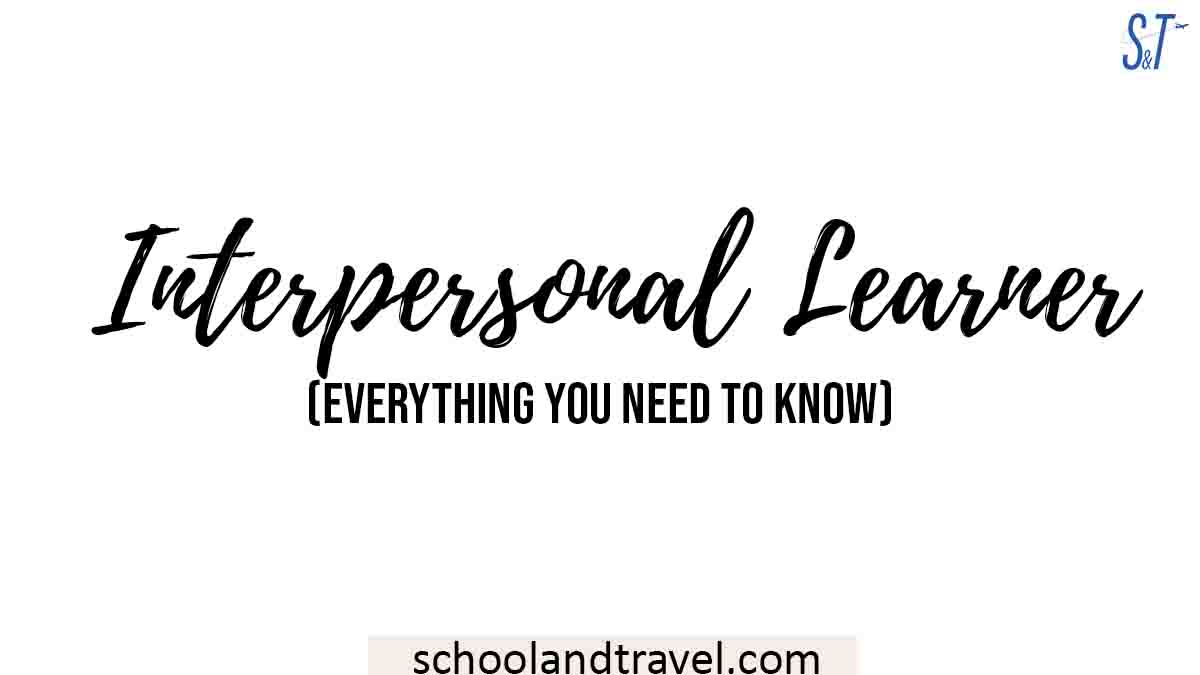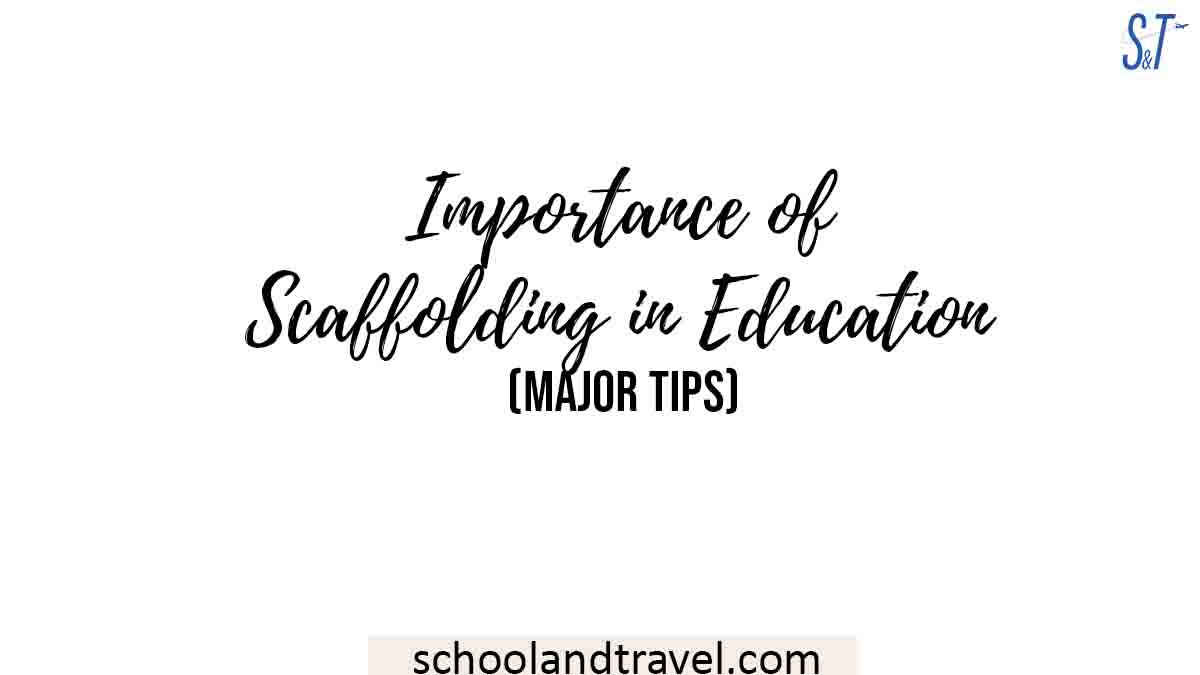An interpersonal learner is someone who is naturally good at relating with people. This ability to relate with people isn’t taught or learnt, rather, it comes naturally.
They can easily put themselves in other people’s shoes, thereby having the ability to understand or see things from the perspective of others. They can easily understand how someone feels or thinks, and therefore get emotionally connected to them.
Attributes of an Interpersonal learner:
- They are empathic in nature.
- They can be manipulative sometimes because they understand how people work, think, and reason.
- They can be peacemakers.
- They can be cooperative too.
- They turn out to be good leaders because they have the people at heart.
- They have strong communication skills.
- They enjoy working in teams.
- They benefit mostly from open communication where one is free to bear their mind.
- Most times they are extroverts or very social.
- They have a very active social life
- They find it very difficult to work alone.
- They are not scared to ask questions in public.
- They do not find it difficult to make friends.
Teaching interpersonal learners.
Before we talk about the teaching style for an interpersonal person, we would visit other learning styles for other learners too.
The different learning styles:
The purpose of education is to promote learning and to achieve this, the teaching method should be diversified to satisfy the different learners.
People have different ways of learning, and these ways are termed “learning styles”. Knowledge about the different styles of learning helps to promote learning and encourage healthy learning attitudes.
Everyone has a style of learning that works well for them. When you know what style suits you best, you find learning very interesting and have fun while learning.
When a teacher is aware of the different styles of learning, he/she will deliver effectively to their students because they would know what works for each of them.
There is no particular way to learn, but learning in a specific, monotonous and particular way makes it boring and sometimes less engaging. Everyone should know, understand and choose which learning style suits him/her better in order to make learning fun and engaging.
Read this: Critical Literacy (Everything you need to know)
Interpersonal Learner: Various learning styles using different theories:
Grasha and Reichmann Learning Style
Anthony Grasha is a Professor of Psychology at the University of Cincinnati. He, together with Sheryl Reichmann, considers the various learning styles to be social interactions.
They also think that the learning styles of learners can be identified from the social and emotional angle, as well as their attitude to classes and assignments, teachers, classmates, etc.
The different categories of learning styles under the Grasha and Reichmann Theory
- Avoidance
- Participative
- Competitive
- Collaborative
- Dependent
- Independent
Avoidance:
These are the students who are always absent from class. They have poor study behavior and a disorganized life. They do not see their study life as their responsibility.
Students under this learning style are not interested in what goes on in class and are not enthusiatic about learning. This is a negative learning style and as such nobody is encouraged to adopt this style.
Participative:
Students under this learning style accept responsibility well and co-operate very well with their peers. They like going to classes and participate actively in class activities. They are also eager to carry out whatever tasks are assigned to them in class.
Competitive:
This group of students always strive for recognition, attention, and rewards. Whatever they do, they do with the aim of getting better than all their mates in the class.
They love being the center of attention and attraction in class. This can be seen as a negative style of learning as students in this category do not like sharing their knowledge in order to avoid being beaten by others.
Collaborative:
These students enjoy working together with their peers and also enjoy interactive sessions. They perform better when they work in groups.
Dependent:
These students are frustrated when assignments are not addressed by the teacher during class hours. They do not challenge themselves intellectually and depend on their teachers and fellow students to bring structure to their learning. This is a negative learning style.
Independent:
The students need little or no help from the teacher. They might easily get distracted when working with a group or another fellow. This is because they do better when they work alone, but will however listen to ideas from the class and teacher.
Interpersonal Learner
Dunn and Dunn Learning Style
Most students have their own learning styles which is based on their strength and their weaknesses at times.
- Environmental,
- Emotional
- Sociological
- Physiological,
- Psychological
Environmental factors
The environmental factors consist of elements such as sound, light, temperature, and design. The environment affects the learning ability of some students. Some might like a cool environment, while some may not.
Read this: Advanced degree – Major tips and facts
Emotional variable
The emotional variable includes motivation, persistence, responsibility, and structure.
Emotions affect students in a different way. The reason why they are learning that particular course and if they have decided to take responsibility for their studying habit also affects their learning attitude and commitment to that course.
Sociological variable
The sociological variables are self, pair, peers, team, adult, and others.
Some students learn better when they are with their peers, while some alone. Some learn better in a liberal environment than in an environment dominated by strict and authoritative teachers.
Physiological variable
The physiological variables include perception, intake, time, and mobility. The psychological variable has three components that contain global-analytic processors, hemispheric, and impulsive-reflective.
An analytical student learns better when he or she is taught in a step-by-step format. While learning, they hate distractions and therefore channel all their focus and attention to the lesson.
The global student learns by understanding the concept, then the details of the teaching can come later. They concentrate better with music playing in the background.
Interpersonal Learner
Fleming’s VAK Learning Style
Flemming here talks about the visual, auditory, and Kinesthetic mode of learning. The Kinesthetic mode can be called the tactile mode”.
The visual learners learn faster by making adequate use of their eyes. They prefer to see what they are being taught rather than just hearing words.
The auditory learners learn faster by listening attentively and don’t mind whether they see it or not.
The Kinesthetic learners prefer moving, touching or carrying out experiments.
Read this: Schooling vs Education: What nobody tells You
Teaching an Interpersonal learner
They learn very well in a group setting. This enables them to have access to peer or group reading. An interpersonal learner wants to carry out experiments on what he is being taught.
He likes going on excursions to experience and see all he has been taught. He also doesn’t enjoy listening only as he can easily get distracted.
They also enjoy acting out what they have been taught to a certain degree. They would be interested in careers that allow them to meet and interact with people, like tourist jobs, political appointments, salespeople, counselors, etc.
Strategies on how to teach an interpersonal learner
- Get involved in group discussions.
- Encourage teamwork during your classes
- Make use of visuals often.
- Take them out on excursion trips to experience what they are being taught.
- Make room for them to ask questions during your class.
Read this: Indirect Instruction (Everything you need to know)
Awesome one, I hope this article on “Interpersonal Learner” answered your question.





